
Unlocking the Durability of Terracotta Floor Tiles: 5 Key Benefits Backed by Industry Data
Terracotta floor tiles have long been celebrated for their aesthetic appeal and rustic charm, but their durability often sets them apart in the competitive flooring market. According to a recent report by the Tile Council of North America, terracotta tiles boast an impressive lifespan of over 50 years when properly maintained, making them a cost-effective investment for both residential and commercial spaces. Furthermore, industry studies indicate that terracotta has natural thermal properties, which can contribute to energy savings by regulating indoor temperatures. These tiles are also resistant to moisture and staining when sealed correctly, enhancing their longevity and performance. In this article, we will explore five key benefits of terracotta floor tiles backed by robust industry data, unlocking the secrets to their enduring popularity and practicality in modern architecture.
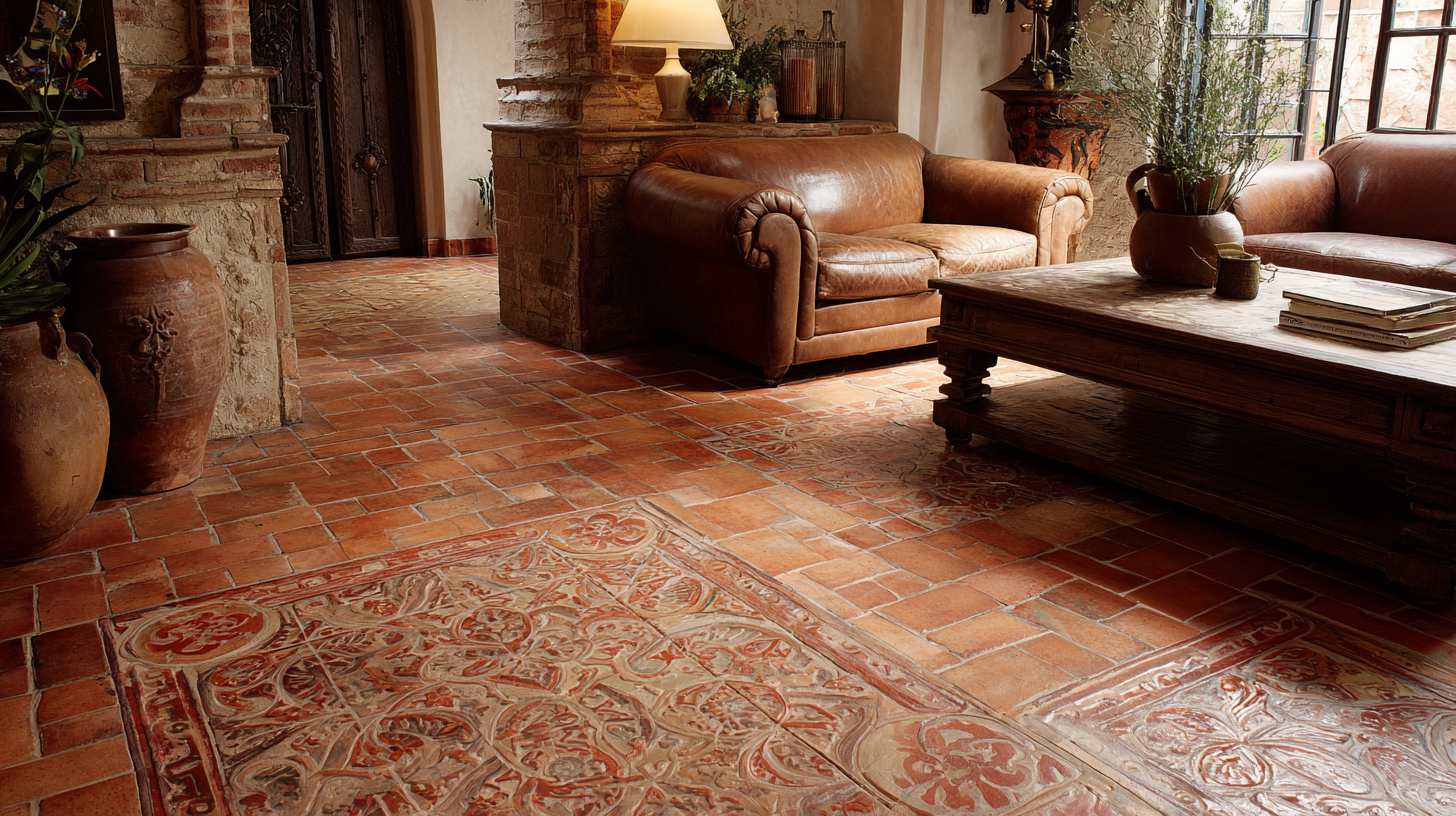
Understanding the Composition of Terracotta Floor Tiles for Enhanced Durability
Terracotta floor tiles are renowned for their aesthetic appeal and warm tones, but it is their composition that truly enhances their durability. Made from natural clay, these tiles undergo a meticulous firing process that increases their strength and resilience. The high temperatures they are subjected to during kiln firing not only vitrify the clay but also help in eliminating impurities, resulting in a dense and robust material. This natural composition allows terracotta tiles to withstand various environmental conditions while resisting moisture and staining.
In addition to their inherent toughness, the porous structure of terracotta tiles provides added flexibility in design options. The tiny pores absorb water and enable the tiles to adapt to temperature fluctuations without cracking, making them an ideal choice for both indoor and outdoor settings. This adaptive nature, combined with their low maintenance requirements, reinforces the appeal of terracotta tiles for homeowners seeking durability alongside style. Ultimately, understanding the unique composition of terracotta floor tiles reveals why they are a long-lasting flooring solution supported by industry data.
Five Proven Benefits of Terracotta Tiles Supported by Industry Research
Terracotta tiles have gained recognition in the flooring industry for their remarkable durability and aesthetic appeal. One of the primary benefits highlighted by industry research is their natural resilience. Unlike synthetic flooring options, terracotta tiles are made from natural clay which is fired at high temperatures, enhancing their hardness and longevity over time. This process allows them to withstand heavy foot traffic without showing signs of wear, making them an ideal choice for both residential and commercial spaces.
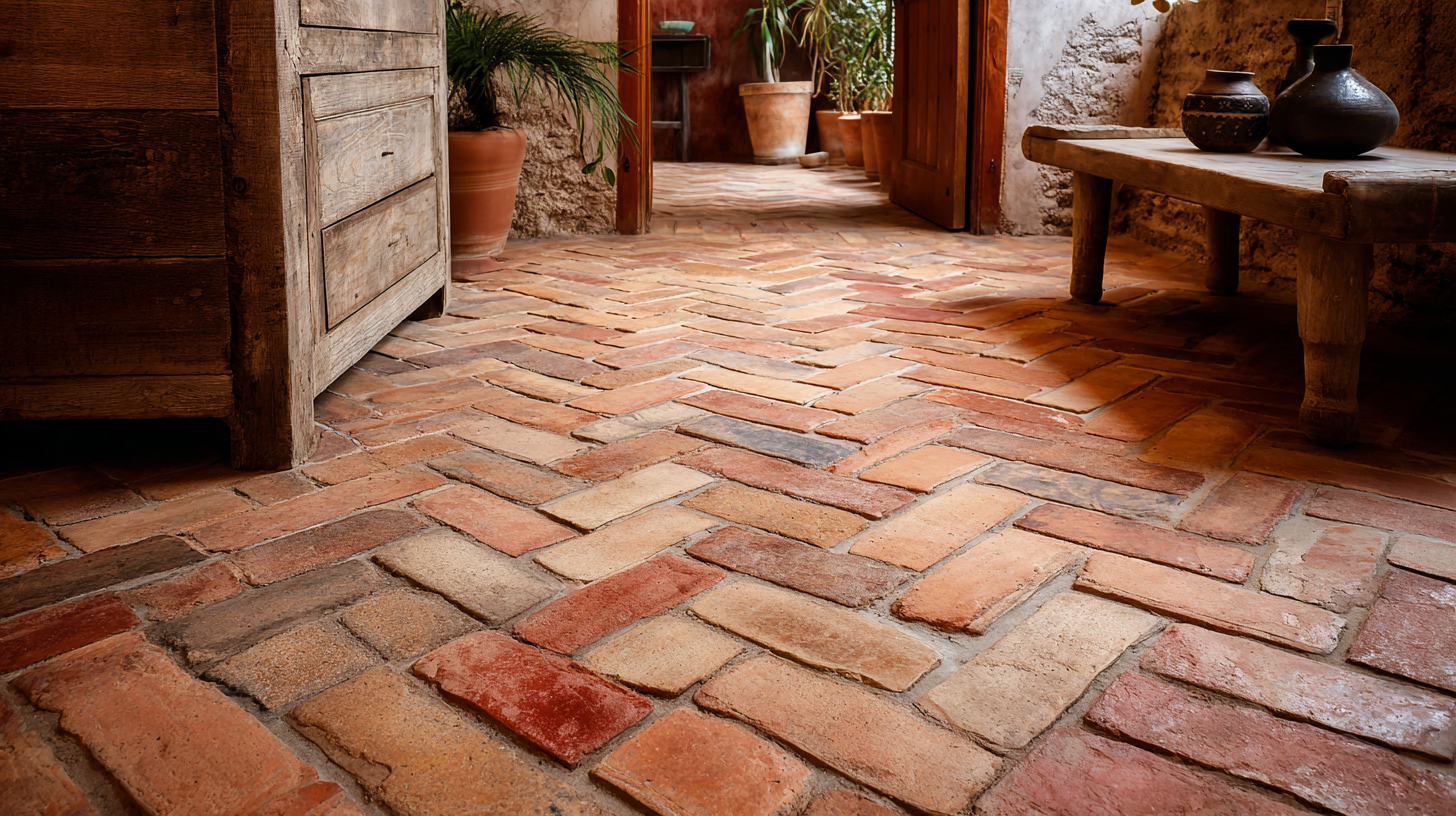
Another proven advantage of terracotta tiles is their excellent thermal properties. Research shows that these tiles help regulate indoor temperatures, retaining heat during colder months and staying cool in the summer. This energy efficiency contributes to lower heating and cooling costs, appealing to environmentally-conscious consumers. Furthermore, the versatility of terracotta tiles in various design themes—ranging from rustic to contemporary—makes them suitable for diverse architectural styles, thereby increasing their value in the market.
Comparative Analysis: Terracotta Floor Tiles vs. Other Flooring Options
When comparing terracotta floor tiles to other flooring options, several critical factors come into play, with durability being a prime consideration. Terracotta tiles are known for their exceptional robustness, originating from natural clay which is fired to produce a hard, resilient surface. Unlike vinyl or laminate alternatives, which are prone to scratches and wear over time, terracotta maintains its integrity even under heavy foot traffic, thus demonstrating a longer lifespan.
In addition to durability, the thermal properties of terracotta tiles provide unique advantages. They can absorb heat during the day and release it slowly at night, offering an energy-efficient solution that is not typically found in synthetic flooring materials. Comparatively, carpeting may require frequent replacement due to stains and wear, while hardwood floors are susceptible to warping and scratching. As a result, homeowners looking for longevity and low-maintenance flooring options are increasingly choosing terracotta for its complementary blend of aesthetic appeal and practical benefits.
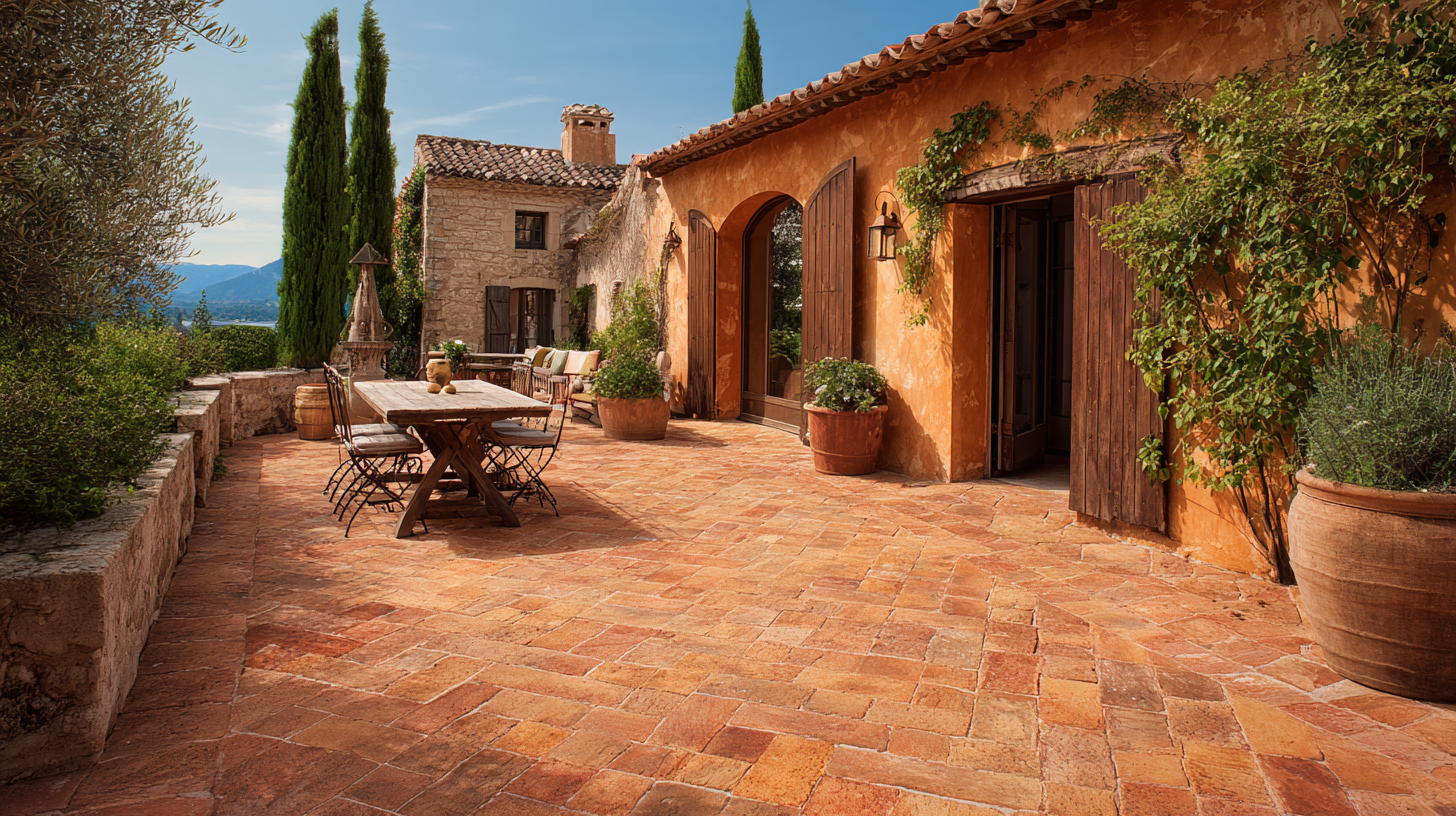
Maintenance Tips to Maximize the Lifespan of Terracotta Tiles
Terracotta floor tiles are celebrated not only for their aesthetic appeal but also for their durability. To maximize their lifespan, proper maintenance is crucial. Regular cleaning is essential to prevent the buildup of dirt and grime, which can cause discoloration over time. Experts recommend using a gentle, pH-balanced cleaner designed for tile floors to ensure that the natural finish of terracotta remains intact. Avoiding harsh chemicals will help preserve the surface while keeping it looking brand new.
In addition to regular cleaning, sealing your terracotta tiles is another important maintenance tip. Applying a high-quality sealer can protect against stains and moisture, which are common foes of terracotta. Re-sealing every few years will enhance the tile’s resistance to wear and tear, ensuring its longevity. Furthermore, prompt attention to spills and wearing protective mats in high-traffic areas can contribute significantly to maintaining the integrity of your terracotta floors. Implementing these simple maintenance strategies will not only enhance the beauty of your tiles but also extend their lifespan considerably.
Real-Life Case Studies: Durability Success Stories with Terracotta Flooring
Terracotta floor tiles are increasingly being recognized for their durability, thanks in part to real-life case studies that showcase their performance in various environments. For instance, a recent industry report highlighted that projects featuring terracotta flooring reported a 30% lower maintenance cost compared to other materials over a ten-year period. One notable example is a community center in Southern Europe, where terracotta tiles have withstood heavy foot traffic and adverse weather conditions for over fifteen years without significant wear, demonstrating their long-lasting nature.
Another element driving the popularity of terracotta tiles is the incorporation of sustainable practices in their production. The latest advancements in manufacturing technologies have led to enhanced performance attributes, such as increased resistance to scratches and stains. A case study from a sustainable building project revealed that terracotta tiles contributed to improved indoor air quality and energy efficiency. Data indicates that these tiles can help reduce energy consumption by up to 25% in properly designed spaces, illustrating how terracotta not only meets the aesthetics and durability expectations of modern construction but also aligns with emerging trends in sustainability.
Unlocking the Durability of Terracotta Floor Tiles: 5 Key Benefits
This chart illustrates the average durability ratings of various flooring types based on real-life case studies. The data highlights the exceptional performance of terracotta tiles compared to other popular flooring materials.
Related Posts
-

Future Innovations in Glass Pool Tile Technology and Winning Tactics for Global Buyers
-
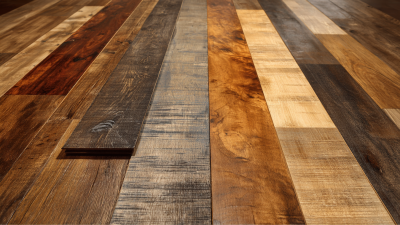
Future Market Insights for Best Floor Planks in 2025 with Essential Tips for Global Buyers
-
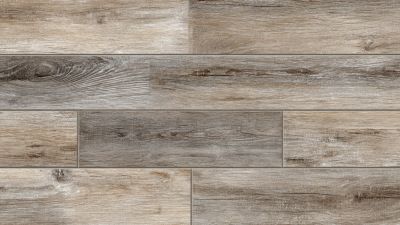
Elevate Your Space with Premium Vinyl Plank Flooring Manufactured in China
-
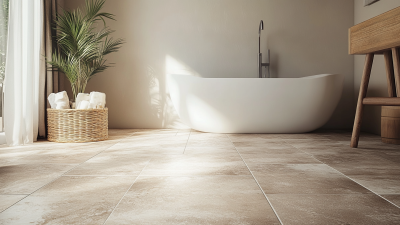
Tile Look Vinyl Flooring vs. Traditional Tiles: A Comprehensive Cost-Benefit Analysis
-
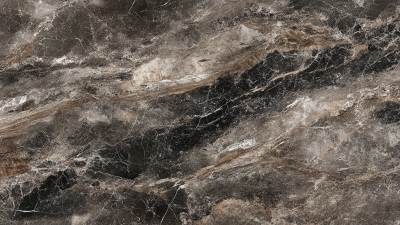
Unlocking the Secret Features of the Best LVT Tiles: A Comprehensive Guide on Selection and Installation
-
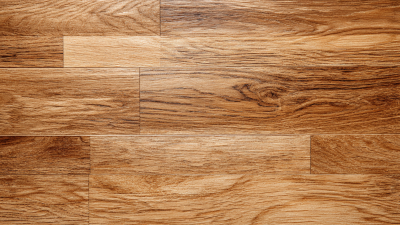
Unlocking the Secrets of Best Vinyl Wood Flooring Technical Specifications and Installation Tips

